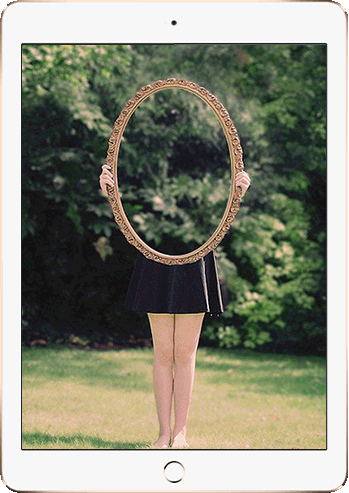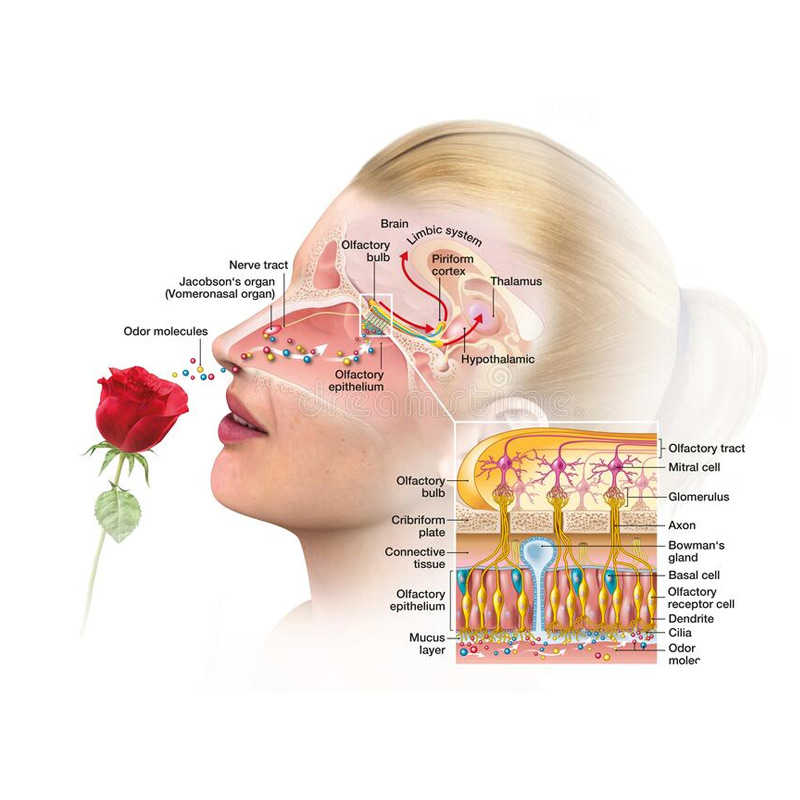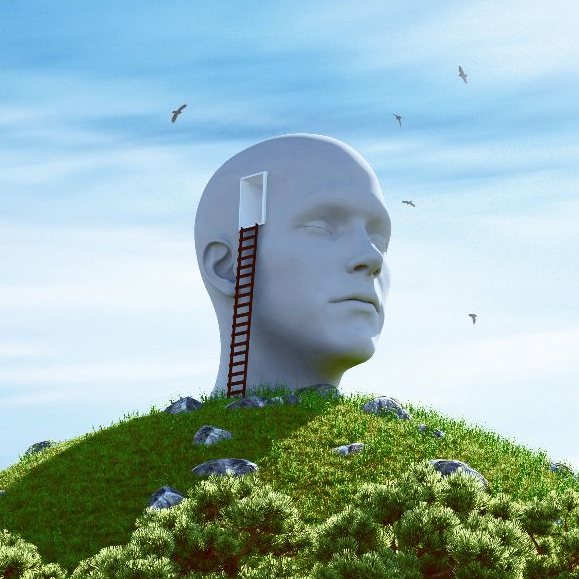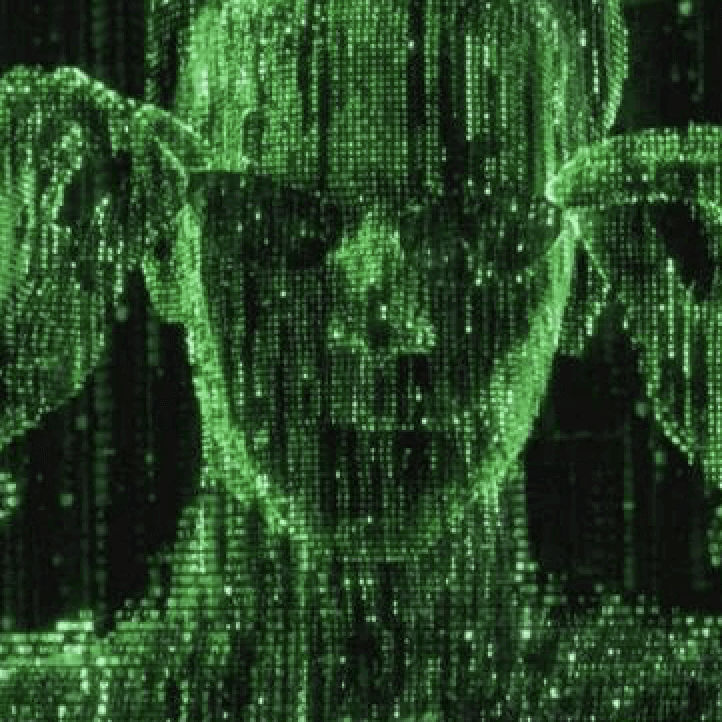Fix your gaze on the black dot on the left side of this image. But wait! Finish reading this paragraph first. As you gaze at the left dot, try to answer this question: In what direction is the object on the right moving? Is it drifting diagonally, or is it moving up and down?
Remember, focus on the dot on the left.
It appears as though the object on the right is moving diagonally, up to the right and then back down to the left. Right? Right?! Actually, it’s not. It’s moving up and down in a straight, vertical line.
See for yourself. Trace it with your finger.
This is a visual illusion. That alternating black-white patch inside the object suggests diagonal motion and confuses our senses. Like all misperceptions, it teaches us that our experience of reality is not perfect. But this particular illusion has recently reinforced scientists’ understanding of deeper, almost philosophical truths about the nature of our consciousness.
“It’s really important to understand we’re not seeing reality,” says neuroscientist Patrick Cavanagh, a research professor at Dartmouth College and a senior fellow at Glendon College in Canada. “We’re seeing a story that’s being created for us.”


















